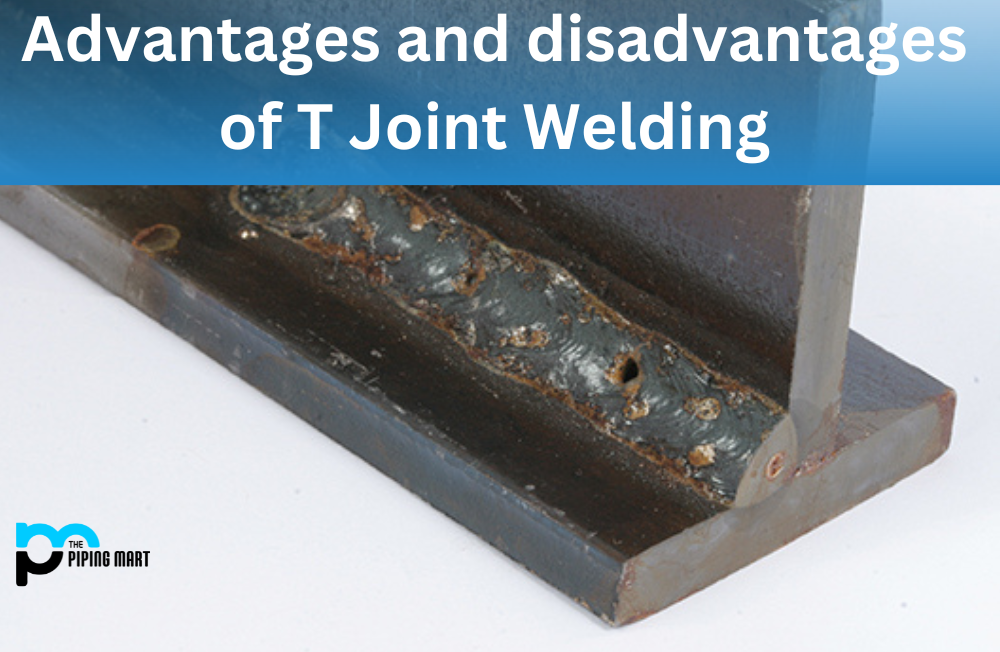A fire pump is one of the most essential parts of a fire protection system. It provides the required water pressure and flows for the sprinkler system to control a fire outbreak. However, choosing the right type of fire pump can be daunting, given the numerous varieties available on the market. In this blog post, we’ll discuss six types of fire pumps and their unique features to help you make an informed decision.
Types of Fire Pumps
Positive Displacement Pumps
Positive displacement pumps trap a specific amount of water between two fixed parts (such as a gear, impeller, or piston) and force it into the discharge pipe. This type of pump is ideal for situations where you need constant pressure and is often used for high-rise buildings, hospitals, and warehouses. One significant benefit of positive displacement pumps is that they work with low pressure.
Centrifugal Pumps
Centrifugal pumps are the most common type of fire pump and work by converting mechanical energy into water pressure to create a continuous flow of water. This pump type is suitable for low to medium-pressure situations and is best suited for small to medium-sized buildings. If you’re on a tight budget, a centrifugal pump might be your best option, as they are relatively inexpensive.
Horizontal Split-Case Pump
Horizontal split-case pumps can provide high water flow rates and pressure, making them ideal for large commercial buildings and industrial applications. They have an impeller that pulls water into the pump casing and divides it at the discharge end to create a high-pressure flow.
Vertical Turbine Pump
Vertical turbine pumps have a unique design that works best in wet pit applications. These pumps are commonly used in areas with limited horizontal space, such as shipyards and offshore platforms. They have a long shaft with multiple vertically stacked impellers, with each impeller stage providing additional pressure.
In-line Pump
In-line pumps are ideal for buildings where space is at a premium. These pumps are designed similarly to centrifugal pumps but have a much smaller footprint since they are installed directly into the pipeline, eliminating the need for a separate pump room. These pumps are typically used in mid-rise and high-rise buildings.
End Suction Pump
End suction pumps are the most cost-efficient type of fire pump. They have a simple design, which makes them easy to install and manage. These pumps are best suited for small commercial and residential buildings, making them an excellent choice for small businesses and apartments.
Conclusion
Choosing the correct type of fire pump is essential for ensuring that your building is equipped to deal with a fire outbreak. Whether you’re working with a high-rise building or a small commercial space, understanding the unique features of each pump type can help you make an informed decision. If you still need help choosing the right kind of pump, consult a fire protection specialist who can recommend the appropriate pump for your specific needs. Remember, investing in the right fire pump can save lives and protect property in a fire.

Meet Bhavesh, a seasoned blogger with a wealth of knowledge and experience. From metal products manufacturing to retail, Bhavesh has a diverse background in various industries and is dedicated to sharing his insights and expertise with readers.




